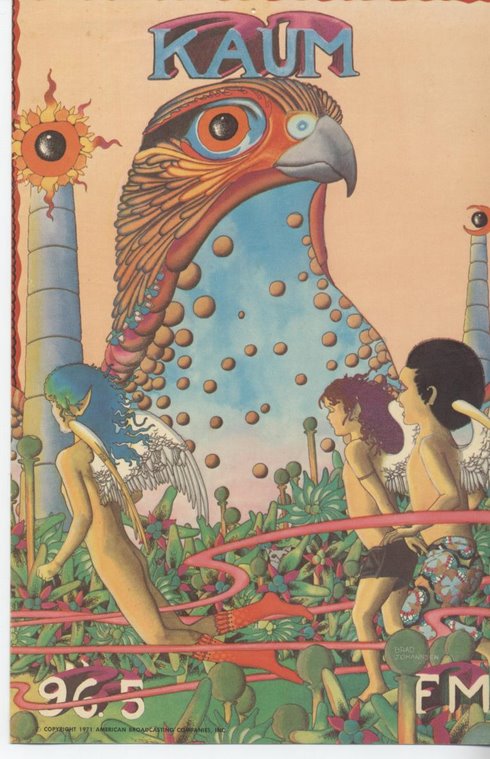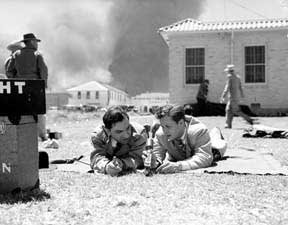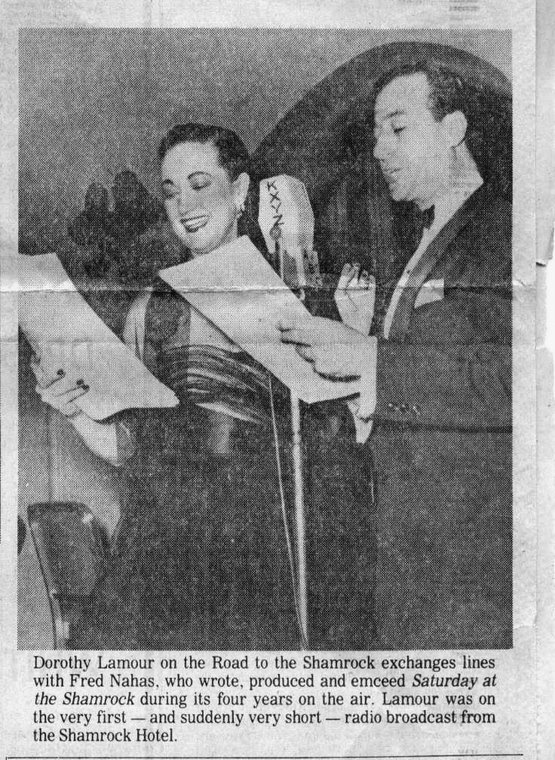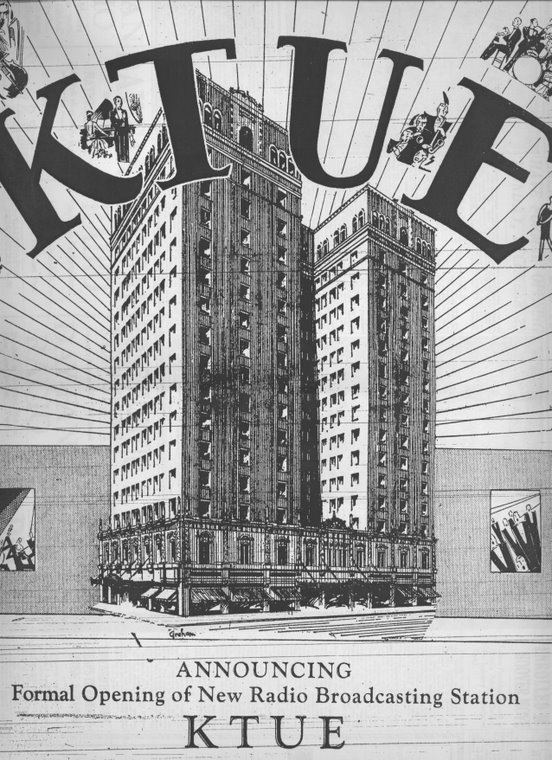Houston's First Broadcasting station - WEV

Here is some additional information about Houston's first broadcasting station, WEV, and the company which owned it. For more information on WEV also see the AM chronology for the year 1922, Part 1, from the sidebar or click on the Label WEV below.
WEV was licensed to the Hurlburt-Still Electrical Co. and operated from their 
automobile battery service garage at the northeast corner of McKinney Avenue and San Jacinto Street where 1 Houston Center now stands. The company had a store at 1101 Capitol where they sold electrical supplies, lamps, such household appliances as there were, and radios and radio parts. They were one of the largest radio dealers in town. Founded in 1901, they established Houston’s first automobile battery and electrical service garage in conjunction with Remy Electric of Anderson, IN, which was setting up a nationwide chain of battery service garages. They also carried Dayton Electric Laboratories (Delco), Klaxton and Willard batteries. Radio equipment was battery operated in those days so there was some affinity between the two businesses other than the fact one of the partners in Hurlburt-Still was a radio enthusiast. In June of 1920 they built the new garage facility on McKinney which later doubled as the radio station.
According to one knowledgeable source, battery service garages did a booming business in the early days of radio. The early low-voltage recifiers were messy, troublesome, and tended to overcharge, leading to ruined floors and carpets, and sometimes fires. People listened sparingly, and many an evening's entertainment faded away before the end of a show, or the wife got into trouble for listening in the daytime. So the majority of people took the battery down to the shop to be charged up. They'd rent you a loaner, or set up exchange battery policies.
This only lasted until 1928 or 1929, when most people began buying AC line operated sets as soon as they could afford them.
The license for WEV was issued on March 23, 1922, the fourth in Texas and 108th nationwide. The first broadcast was at 10:00am on April 12 on 485 meters (roughly 619 khz), consisting of official weather, market and crop reports taken from government sources as required by law. The station’s license also authorized it to broadcast ‘music, speeches and other entertainments’ on 360 meters (roughly 833 khz). The Houston Press claimed it was the most powerful station south of Kansas City with 200 watts; the Post said when all equipment ordered had been received, it would be capable of putting out 500 watts, but reports of power output were notoriously unreliable and it may actually have had only 10 watts..
Until the 1930s, broadcast antennas were arrayed horizontally. The antenna shown in the picture is actually the part hung between the two masts. This configuration was known as a flattop.
The part slung between the two masts was called a cage. This antenna with multiple wires was an advancement over 3 or 4 parallel wires arranged flat. It provided greater antenna capacity than the flat arrangement of multiple wires with less self-cancellation.
Local steel structures sapped a good deal of radiation from such antennas, while making the tuning of the antenna unstable.
The inset on the left in the picture is Alfred P. Daniel, the Dean of Houston Radio. He had been experimenting with radio since he was a teen, as early as 1907. He was the licensee of Houston’s second broadcasting station, WCAK, which he operated from the parlor of his home at 2504 Bagby. He also served as announcer, program director and operator for WEV. After WCAK and WEV both folded, he convinced Ross Sterling, Sr., largest shareholder of the Houston Post-Dispatch, to put the radio station on the air which became KPRC and probably influenced the choice of call letters. He was the first announcer and first program director of KPRC in 1925 and 21 and a half years later the first announcer and first program director of KPRC-FM
The inset on the right is B.J. ‘Ben’ Still, a partner in Hurlburt-Still and General Manager of WEV. After WEV folded in late 1924, he apparently was never involved in broadcasting again.










No comments:
Post a Comment